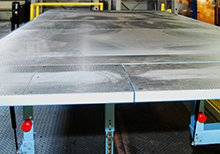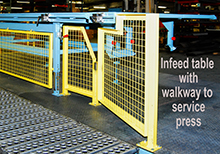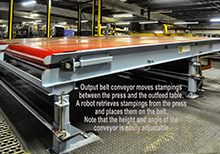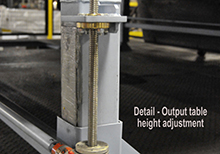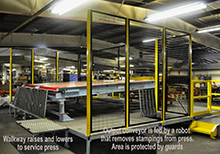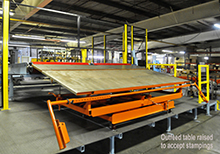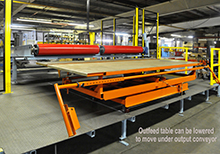Maximizing Service; Reducing Costs At Lower Volume
Any company that manufactures components knows the value of volume. Costs spread over many pieces are lower than costs spread over a few pieces. But that’s not always possible. What if the operation produces, say, replacement parts? Economies of scale may not be available. But the demand must be satisfied to maintain a high service level. Where are the possible cost reductions in that scenario?
Lauyans & Company’s customer asked them to help resolve this problem with a stamping operation. They need to supply their own customers with replacement parts. To complicate matters more, they need to produce multiple components and matching sub-components for multiple years and models of equipment.
The manufacturing operation requires the ability to set up and perform complicated stamping operations from blanking to forming to trimming to final product for a variety of components. The runs are small and the set-ups of the press are numerous. The part sizes vary considerably.
Our solution? We could make a difference in material handling. We could speed and simplify the input and the output of each operation. We could design and build a system to reduce labor hours.
Lauyans & Company did all of this.
On the input side, our solution makes it possible for the pallets of blanks and formed parts to be staged to reduce transition times. The height of the incoming conveyor can match the height with the infeed table. The incoming conveyor meshes with a lift assist to help with heavier sheets. Underneath the infeed table is a scrap conveyor to remove offal for recycling.
Our solution also provides an intake table that can be adjusted to match the size of the material. It is a system that is flexible. The infeed table size and height can change. A walkway on the infeed table lowers to assist with die change-over. And then raises out of the way during operation.
The output side uses a robotic interface to pick up the blanked and stamped pieces (click below to get our free eBook on Robotic Integration). The robot deposits the stampings on a broad belt that presents the pieces to operators who stack them neatly on pallets. Safety guards protect the human / machine interface. The pallets are then moved to an in-process line for further work or to final storage for assembly and shipment. A walkway to assist with die change-over is incorporated between the press and the output conveyor. During operation, the walkway can be moved out of the way.
What Lauyans & Company, Inc. delivered was a material handling system that is versatile, works efficiently with numerous human / machine interactions and is safe. Our customer is happy.
Download Our Guide to Conveying Systems in Robotic Integration
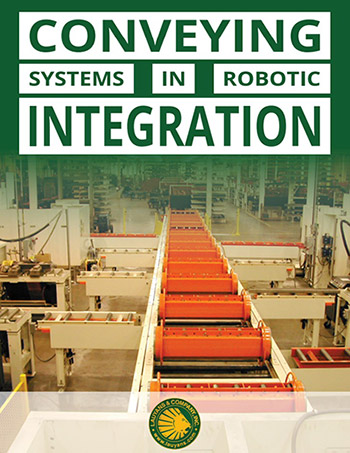
Take a closer look at the beneficial role of automated conveying systems in various robotic applications.

